The adaptability of drug markets
Arecent report from Crest Advisory questions the received wisdom that the threat from county lines operated by organised crime groups (OCGs) and gangs would reduce because of the COVID-19 lockdown.
Crest argues that the picture appears to be far more complex. The gangs who operate county lines have always proven highly versatile and adaptable, and they are now embracing new tactics to protect a lucrative business.
Significant reductions in the number of children reported missing from home or care have been cited as evidence that exploitation through county lines has reduced due to the lockdown. On the surface this makes sense, as it seems obvious that exploitation of vulnerable children and in county lines drugs networks may be easier to disrupt during the COVID-19 lockdown due to increased visibility of young people in public spaces or on public transport.
However, there are several reasons that this should be treated with caution.
Some boroughs are reporting a noticeable increase in the length of missing episodes during lockdown, possibly because young people transported to trap houses are having to stay there for longer due to increased demand and lockdown restrictions.
- The move towards local recruitment means that in assessing whether children are being exploited in county lines during lockdown, we should pay as much attention to vulnerable children in the ‘county bases’ as those going missing from the ‘home bases’.
- Rescue Response also say that young people are also being provided with taxis via apps (such as Uber, Bolt and Kapten) in order to make longer journeys. Taxis continue to be used by dealers and networks for deliveries.
- Given that there is still demand for Class A drugs — and that by retreating from the market, even temporarily, gangs risk ceding territory to rival groups — those who operate lucrative county lines will naturally seek to change the patterns of recruitment and exploitation and embrace new methods of transport, distribution and retail rather than putting their drugs lines on furlough.
- The charity Missing People, who have been engaging with the police in different regions since the lockdown began, have told us that there is evidence of increased drug dealing in ‘liminal spaces’ such as railway land, car parks and abandoned industrial buildings. The decreased visibility of young people involved in drug dealing may not paint the full picture
For complete article go to Russell Webster — Adaptability of Drug Markets in Lockdown

